East India's Famous Wildlife and Bird Sanctuary

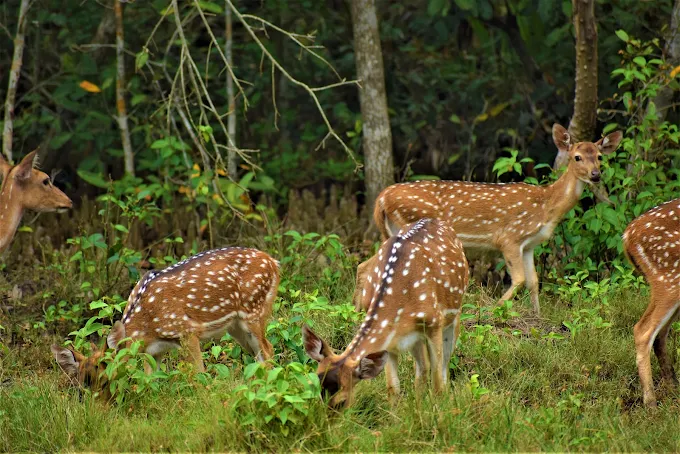
East India Famous Wildlife and Bird Sanctuary is home to a remarkable blend of forests, wetlands, coastal ecosystems, and riverine landscapes that shelter diverse wildlife and vibrant birdlife. These protected areas offer a mix of tranquil nature trails, rich biodiversity, and seasonal spectacles like migrations, nesting, and unique ecological patterns.
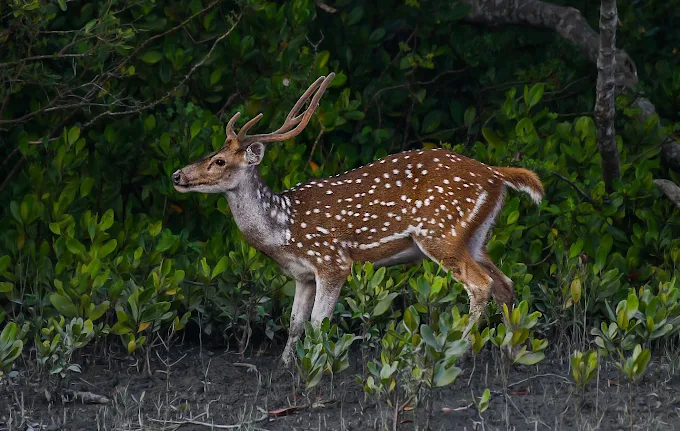
Sundarbans National Park
West Bengal
The Sundarbans is the world’s largest mangrove forest and a UNESCO World Heritage site, where tangled mangrove creeks meet the Bay of Bengal. It’s famed for the unique ecology that supports the Bengal tiger adapted to tidal, saline conditions, plus estuarine crocodiles, fishing cats and a rich birdlife. Boat cruises through narrow channels let you experience dense mangrove canopies, mudflats and heronries; sunrise and dusk are magical for wildlife sightings.

Nalbana Bird Sanctuary
Odisha
Nalbana Island is the core bird sanctuary of Chilika Lake — Asia’s largest brackish water lagoon — and a Ramsar site famed for migratory waterfowl. In winter thousands of ducks, flamingos, pelicans, and waders converge here, creating spectacular avian displays; resident species and raptors use the surrounding marshes and mudflats year-round. Boat trips from Satapada or Mangalajodi take you across shallow waters to bird hides and islands

Bhitarkanika National Park and Wildlife Sanctuary
Odisha
Bhitarkanika protects one of India’s largest mangrove tracts after the Sundarbans, with creeks, mudflats and dense mangrove channels. It’s especially famous for its saltwater crocodile populations and extensive crocodile nesting sites, plus large heronries and migratory waders. The park’s inland forests host spotted deer, fishing cats and a variety of waterbirds, making boat and jeep safaris complementary experiences.

Similipal National Park and Tiger Reserve
Odisha
Similipal is a large, forested tiger reserve in northern Odisha, known for dense sal forests, waterfalls, grasslands and elephant corridors. The park supports tigers, Asian elephants, sloth bears and many endemic birds; the scenic drives and hill viewpoints add to the appeal. Similipal is also culturally rich — local tribal communities and traditional knowledge are woven into the visitor experience. Best for: larger mammals, elephant sightings, forest trekking and monsoon landscapes.
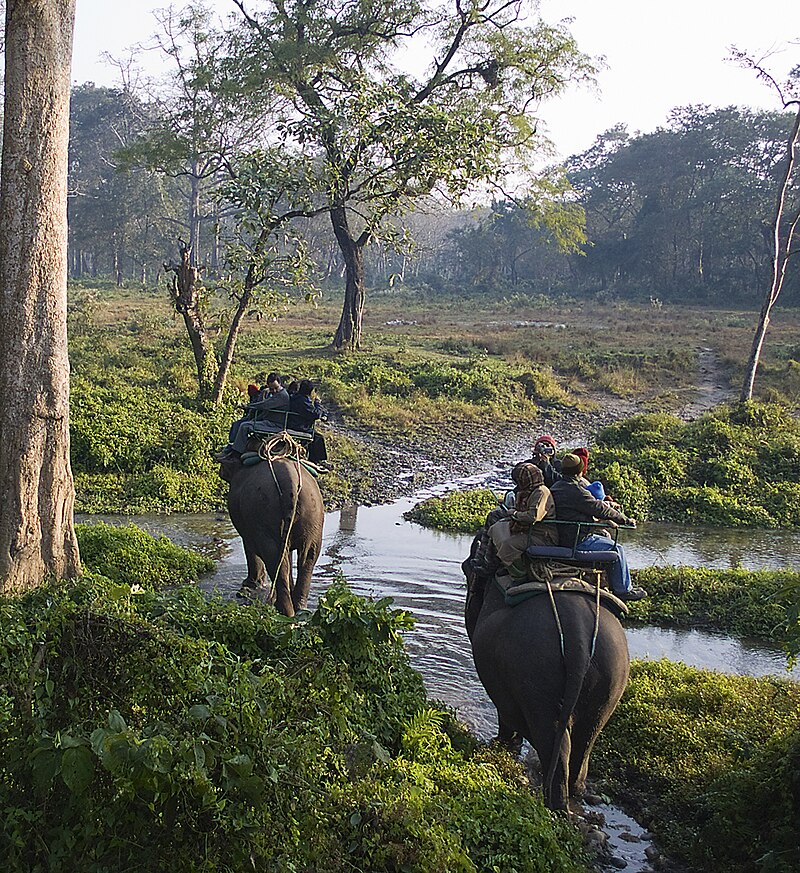
Jaldapara National Park
West Bengal
Jaldapara sits at the foothills of the eastern Himalaya and features tall elephant grass savannahs interspersed with riverine forest. It is particularly noted for its population of the Indian one-horned rhinoceros (largest rhino population in West Bengal after Kaziranga) and is also home to elephants, gaurs, deer species and many birds. Elephant safaris, jeep rides and riverfront birding are popular ways to explore the grasslands and watch grazing wildlife close to the Torsa River.
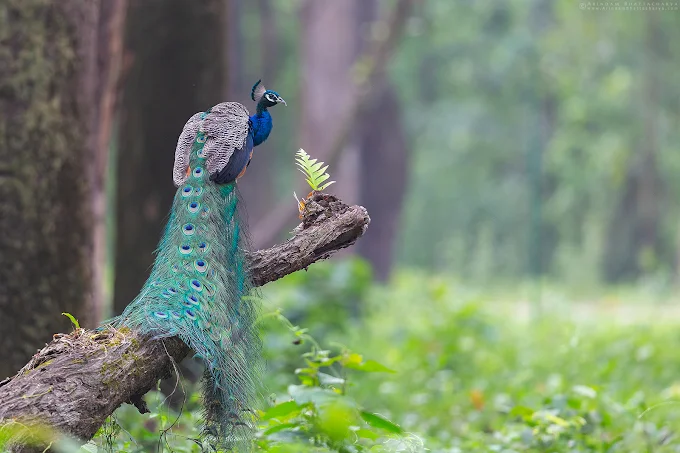
Gorumara National Park
West Bengal
Gorumara’s lowland forests and grasslands are a Dooars highlight, famous historically for rhino and elephant habitats and now a compact, visitor-friendly reserve. The park offers jeep safaris, watchtowers, and interpretive trails that reveal its birdlife, deer, elephants, and occasional leopard sightings. Gorumara’s mosaic of riverine and dry patches attracts seasonal migrants and resident birds, making it pleasant for birders.

Buxa Tiger Reserve and Buxa Wildlife Sanctuary
West Bengal
Buxa occupies a forested corridor in north Bengal with dense tropical and subtropical forests, important as a link between the Himalaya and lower plains. It hosts elephants, leopards, Himalayan serow, barking deer and numerous bird species. Buxa is less crowded than many parks, offering a quieter, more off-the-beaten-track wildlife experience. Best for: forest trekking, quiet wildlife encounters, hill birding.
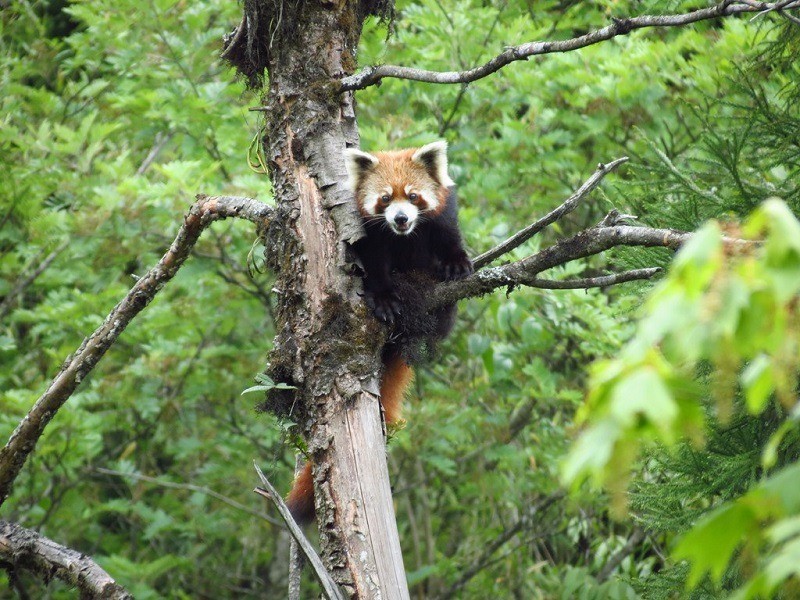
Neora Valley National Park
West Bengal
Neora Valley is a Himalayan foothill national park with high biodiversity and a strong emphasis on montane forest ecosystems — rhododendrons, bamboo, broadleaf forests and unique fauna. It’s a hotspot for birders seeking pheasants, trogons, barbets and many Himalayan species; rare mammals like clouded leopards have been reported. Rugged trails and remote camps make Neora ideal for experienced trekkers and birdwatchers who want pristine mountain forest
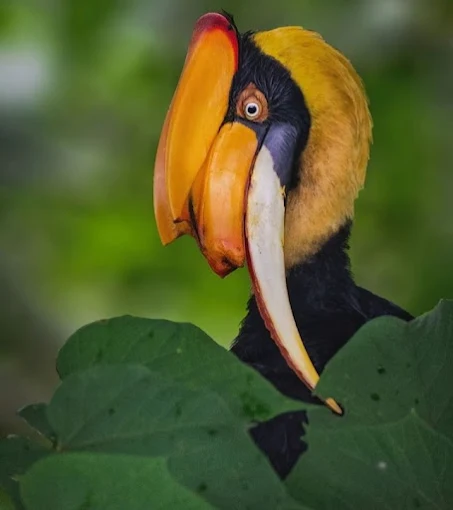
Mahananda Wildlife Sanctuary
West Bengal
Mahananda protects a green wedge near the plains-to-Himalaya transition and is convenient for day trips from Siliguri. It shelters elephants, leopards, sambar, barking deer and a healthy birdlist including kingfishers, barbets and raptors. Small forest trails, viewpoints and seasonal streams provide simple wildlife viewing opportunities for families and independent birders. Best for, convenient birding, short nature walks, urban-adjacent wildlife.

Nandankanan Biological Park and Sanctuary
Odisha
Nandankanan combines a modern zoo with adjacent protected forest and marshland, notable for its white tiger breeding program and captive breeding successes. The sanctuary area contains dry deciduous patches and water bodies that attract resident and migratory birds. For families and education, focused visits are ideal: interpretive displays, safari enclosures, botanical collections, and easy trails make wildlife accessible.

Chandaka–Dampara Wildlife Sanctuary
Odisha
Chandaka–Dampara is an important dry deciduous forest close to Odisha’s capital, providing a green refuge with elephants, deer, leopards (rare), and many woodland birds. Its network of trails, small lakes and watchtowers makes it visitor-friendly for morning drives, bird walks and photography. Chandaka plays a critical role in urban biodiversity and environmental education, while offering surprisingly good sightings of mammals and migratory birds in season.

Gahirmatha Marine Wildlife Sanctuary
Odisha
Gahirmatha protects an important stretch of Odisha’s coast and is world-famous as a major nesting ground for olive ridley sea turtles during mass arribadas (synchronized nesting). The sanctuary’s marine and beach habitats attract seabirds and support fisheries and coastal livelihoods in surrounding villages. Best for, turtle nesting season, coastal ecology, guided visits.

Palamau Tiger Reserve
Jharkhand
Palamau is Jharkhand’s principal tiger reserve, protecting dry deciduous forests, plateaus and river valleys that host tigers, leopards, sloth bears and a variety of herbivores. Historically, one of India’s older protected areas, Palamau’s mix of plateau escarpments and riparian corridors supports interesting birdlife and endemic flora. Best for tiger & broad mammal sightings in dry forests, cultural context.

Hazaribagh Wildlife Sanctuary
Jharkhand
Hazaribagh offers plateau grasslands, woodlands and a number of small water bodies that attract resident birds, migratory species and mammals like deer and wild boar. The park’s scenic hilltop viewpoints and accessible trails make it a popular weekend nature spot for residents of Jharkhand and neighboring Bihar. Hazaribagh’s mix of open areas and pockets of forest provides good opportunities for birdwatching, especially raptors and grassland specialists

Valmiki Tiger Reserve
Bihar
Valmiki lies along the India–Nepal border and protects forest tracts of the Himalayan foothills and the floodplain of the Gandak. It’s one of Bihar’s key tiger reserves and supports tigers, leopards, elephants and diverse birdlife in riverine and forested habitats. The reserve’s mosaic of river channels, sal forests, and open grasslands makes for varied safaris and rich seasonal birding. Best for, tigers, elephants, riverine birding, and an off-the-beaten-path reserve.

Andhra Pradesh Blogs
- Andhra Pradesh Cultural guide
- Places to visit in Andhra Pradesh
- Places to visit in Andhra Pradesh
- India’s most popular destination
- India’s archaeological marvels
